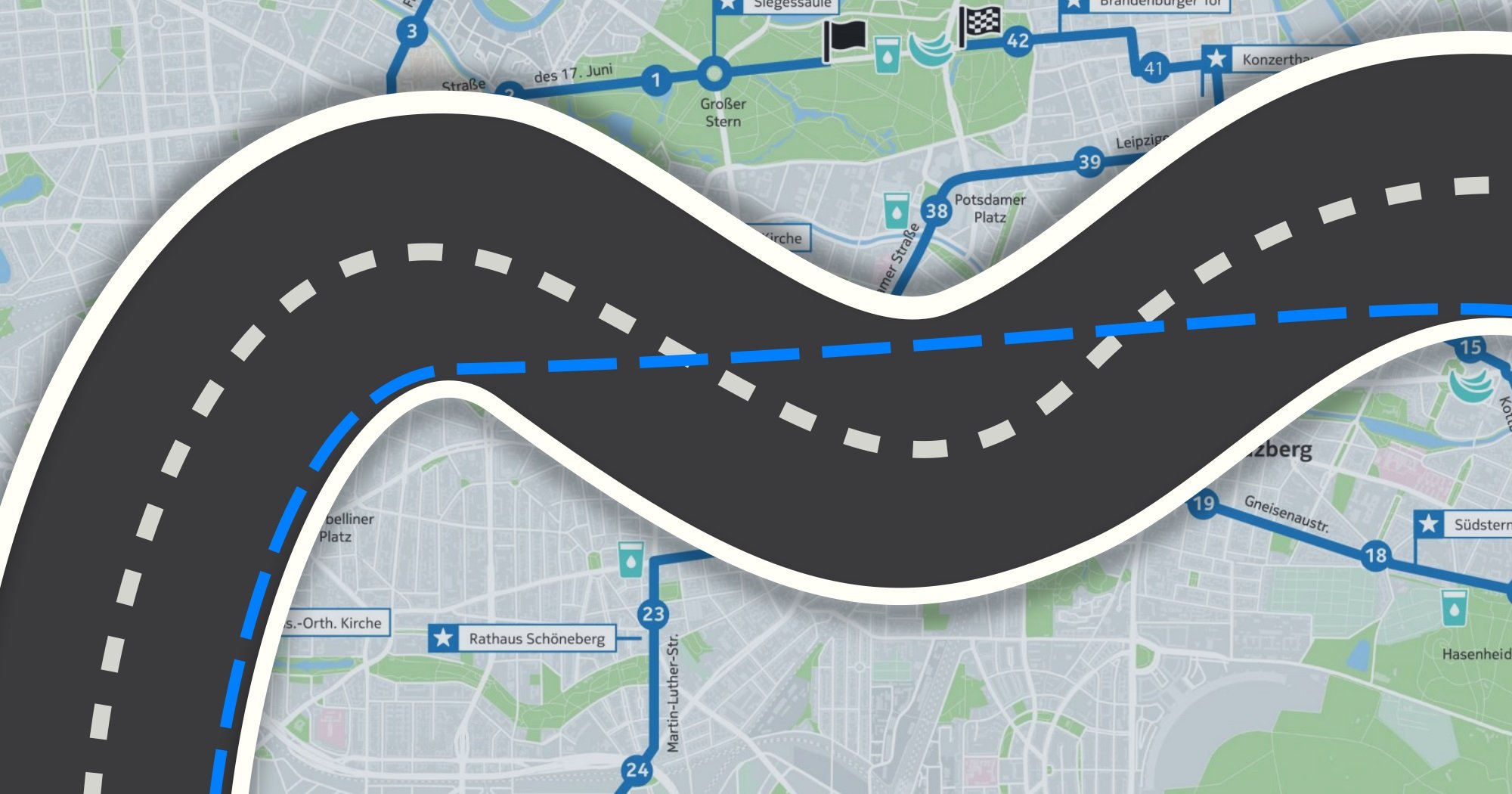tan x = (sin x) / (cos x)
With everyone wearing GPS watches at races, plenty of folks are asking why the race distance and pace on their watch don't agree with the official distance and pace. For a math-obsessed coach who constantly preaches to his runners that they shouldn't waste energy, the answers conveniently point out a couple of things. First of all, running a serpentine pattern works well if you're under enemy fire, but it's not great if you want a fast race time.
If you run a 5k in 20:00, your official pace will be 6:27 per mile. (20:00 divided by 3.1). However, if you don't run the shortest possible path, it's entirely plausible that you'll run as much as 3.25 miles. If you waste energy and run 3.25, your fancy Garmin will tell you that you averaged 6:09 per mile. But good luck getting the race results to show that.
You're almost always better off running the tangents. Here's an illustration from our friends at USA Track & Field. Rather than following the curve of the road, it shows that you should run the straighter line and cut down on your distance. That's how the course is measured, so if you run the curve, you will cover more than the official distance. (One exception to the shortest possible course rule is when going around a 180-degree turn at a cone. In that case you probably lose more by slowing down to negotiate the tight turn than you would by taking a slightly wider path. Another is on a hill so steep that you're better off traversing the road to cut down on the grade, but thankfully there aren't many hills like that around here.)
It's similarly wasteful to stay to the outside of a loop. If you're racing a loop course and go to the outside to avoid the crowd, keep in mind that the crowd paid attention in geometry class.
Another source of extra distance and time is weaving through slower runners. While it's frustrating to find yourself lined up behind inconsiderate runners who seed themselves too far up, don't compound the problem by wasting energy going around them when the road is congested.
While these items might seem minor, consider how hard you have to work to run 15-20 seconds per mile faster. And realize that wasting just 4% equates to over an extra mile in a marathon. Then think about what you could accomplish if you maximized your efficiency and didn't take any unnecessary steps.
Lastly, it's worth noting that even if you run the course perfectly, there are reasons why your GPS might not sync up exactly. They are outlined very well here. (Thanks to Deanna Culbreath for the link.)
